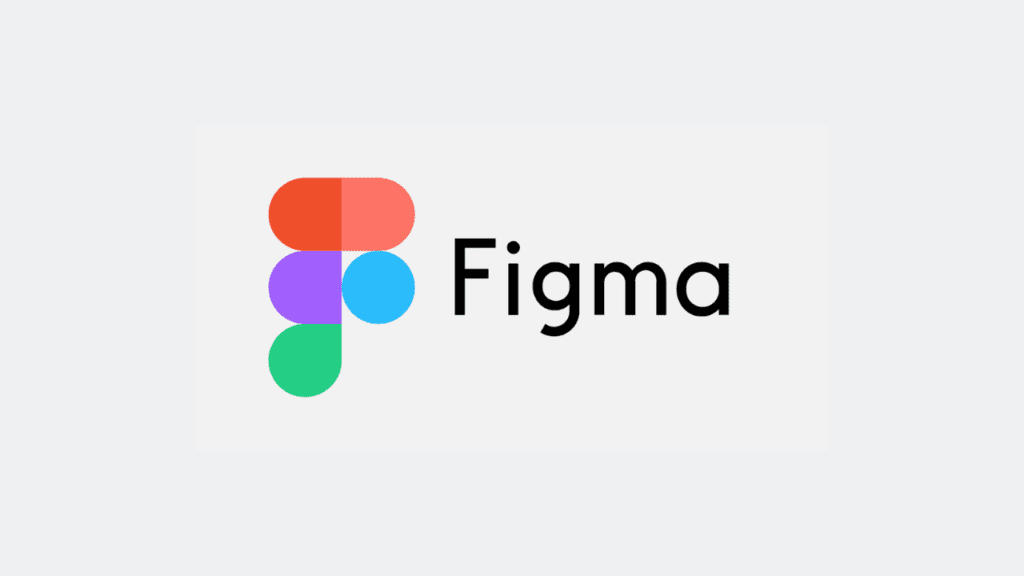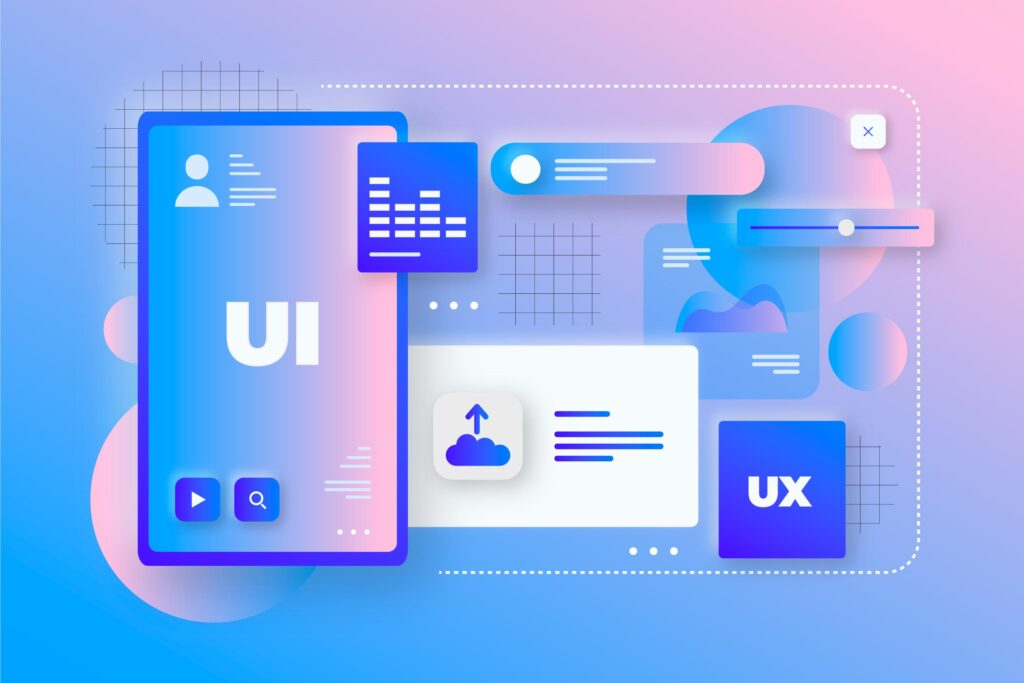
The rapid evolution of AI tools for UI UX design is changing how designers create intuitive, user-friendly experiences. Today’s digital world demands innovative design solutions that are both efficient and engaging. AI helps designers tackle complex tasks, speeding up workflows while allowing more time for creativity. But how exactly are these AI tools transforming the design landscape? Let’s explore the cutting-edge role of AI in UI and UX design, focusing on how it enhances the creative process.
How AI is Reshaping UI UX Design
AI’s role in UI UX design has advanced far beyond automating basic tasks. It now contributes to the decision-making process by analyzing user behavior, predicting trends, and offering suggestions. AI tools provide insights that allow designers to make informed, data-driven decisions.
Key Benefits of AI in UI UX Design
- Boosted Creativity: AI offers new design suggestions based on user data and previous projects. This helps designers push creative boundaries while maintaining usability.
- Predictive Features: AI anticipates how users will interact with designs, ensuring that usability issues are addressed before they arise.
- Improved Efficiency: Repetitive tasks like adjusting layouts or resizing elements are handled by AI, freeing up time for more critical design decisions.
- Data-Driven Decisions: With access to real-time feedback and analytics, designers can continuously optimize their work for better user experiences.
Top AI Tools for UI UX Design in 2024
Here are some of the top AI-powered tools shaping the future of UI UX design.
Figma with AI Plugins

Figma, well known for its collaborative design platform, has embraced AI technology with the addition of several useful plugins. For instance, Autoflow automates the creation of user flows based on the screens you’ve designed, making prototyping faster. Additionally, Remove.bg uses AI to remove backgrounds from images effortlessly, eliminating the need for manual editing.
Figma’s AI Advantages:
- Quick Wireframe Creation: AI speeds up wireframe creation by predicting design elements.
- Automation: Repetitive tasks like resizing or aligning design components are handled by AI.
- Enhanced Collaboration: Real-time suggestions help teams work more efficiently.
Adobe XD with Adobe Sensei

Adobe XD offers powerful AI-driven tools through Adobe Sensei, which automates several aspects of design. It helps with tasks like responsive layout generation, making it easier for designers to create consistent experiences across multiple devices.
Adobe Sensei Features:
- Auto-Layout Creation: Automatically adapts layouts for different screen sizes.
- Responsive Design: AI suggests how layouts should adapt based on user interactions.
- Predictive Text Suggestions: AI provides content ideas for interface copy, saving designers time.
Uizard for Prototyping

Uizard is an AI-driven tool that turns sketches into digital prototypes. By analyzing a hand-drawn sketch, Uizard quickly generates a prototype, reducing the time needed for wireframing and layout creation.
What Makes Uizard Unique:
- Sketch to Prototype: Converts hand-drawn wireframes into digital prototypes instantly.
- Pre-Built Templates: AI offers templates based on industry standards and trends.
- Accessible to All: No coding skills are required, making it ideal for designers and non-designers alike.
Framer AI

Framer uses AI to help designers create fully functional prototypes quickly. It also offers real-time feedback on how users will interact with a design, helping designers make improvements before finalizing the product.
Key Features of Framer AI:
- Design Suggestions: Based on user behavior, AI suggests design improvements.
- Real-Time Feedback: Get instant insight into how users will engage with a prototype.
- Responsive Prototypes: AI helps create flexible prototypes that adjust to different user needs.
AI Tools for UX Research

AI is also transforming user research, a critical component of UX design. Traditionally, gathering and analyzing user feedback was a time-consuming task. However, AI tools have automated much of this process, allowing designers to focus on improving the overall user experience.
Top AI-Powered UX Research Tools:
- UserTesting AI: AI analyzes user testing sessions and identifies major pain points.
- Hotjar: Offers AI-driven insights from heatmaps and session recordings, making it easier to detect patterns in user behavior.
- Lookback: Uses AI to transcribe and analyze interviews, highlighting trends that impact the user experience.
These tools make it possible to collect actionable insights faster and more accurately, leading to better-informed design choices.
AI in Prototyping and Wireframing
Prototyping and wireframing are vital in the design process, and AI tools make these steps faster and smarter. Using machine learning, AI tools generate wireframes from minimal input and suggest design patterns based on past projects.
AI Tools for Prototyping:
- InVision: AI helps predict user flows and offers suggestions for optimizing design during prototyping.
- Sketch with AI Plugins: With AI enhancements like Sketch2Code, visual designs can be converted directly into HTML, bridging the gap between design and development.
By eliminating manual guesswork, AI allows designers to iterate more quickly, improving overall design efficiency.
Best Practices for Using AI in UI UX Design

When implementing AI tools in UI UX design, consider these best practices to ensure successful outcomes:
- Retain Human Creativity: While AI helps with efficiency, it’s essential to ensure that creative decisions remain under human control.
- Balance Automation: Use AI for time-consuming tasks, but always review final designs to ensure they align with your vision.
- Continue User Testing: AI can predict behavior, but user testing is still crucial for validating your designs with real users.
The Future of AI in UI UX Design
Looking ahead, AI’s role in UI UX design will continue to grow. Future AI tools may be able to predict design trends, perform automated A/B testing, and even create adaptive interfaces that evolve based on user interactions in real-time.
- AI-Powered Trend Prediction: AI will analyze industry data to predict upcoming design trends.
- Real-Time A/B Testing: AI tools may continuously run A/B tests to optimize designs without manual input.
- Adaptive Interfaces: AI could automatically adjust user interfaces based on individual preferences, ensuring personalized experiences.
Conclusion: The Benefits of AI for UI UX Designers
AI tools for UI UX design are changing how designers approach their work. These tools offer a range of benefits—from enhanced creativity to improved efficiency—while allowing designers to make data-driven decisions that improve user experiences. By adopting AI-powered platforms like Figma, Adobe XD, Uizard, and Framer, you can streamline your workflow and take your designs to new heights.
The future of design lies in AI integration. By starting to use these tools now, designers can ensure that they remain competitive and continue delivering high-quality, user-focused designs. Ready to elevate your design process? Explore AI tools for UI UX design and experience the next level of creativity and productivity.
FAQs
What are AI tools for UI UX design?
AI tools for UI UX design use artificial intelligence to automate and simplify various design tasks such as prototyping, user research, and layout creation.
How do AI tools benefit UX design?
AI tools analyze user data, predict behaviors, automate repetitive tasks, and offer suggestions for enhancing the user experience, all of which improve the overall design process.
Will AI replace UI UX designers?
No, AI is a tool that complements a designer’s work by automating routine tasks and providing data-driven insights. Human creativity and intuition are still critical in the design process.
Which AI tool is best for prototyping in UI UX design?
Figma, Adobe XD, and Framer are excellent tools for prototyping, each offering unique AI-driven features to streamline the process and improve design accuracy.
Can AI help with user testing in UX design?
Yes, AI tools like Hotjar and UserTesting use machine learning to analyze user feedback, behavior patterns, and usability issues, helping designers make data-driven improvements.
Do AI tools for UI UX design require coding skills?
Most AI tools for UI UX design, like Uizard and Figma, do not require coding skills. They are user-friendly and designed for designers of all experience levels.
